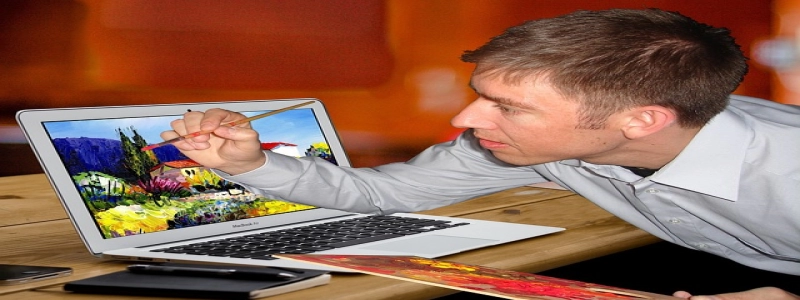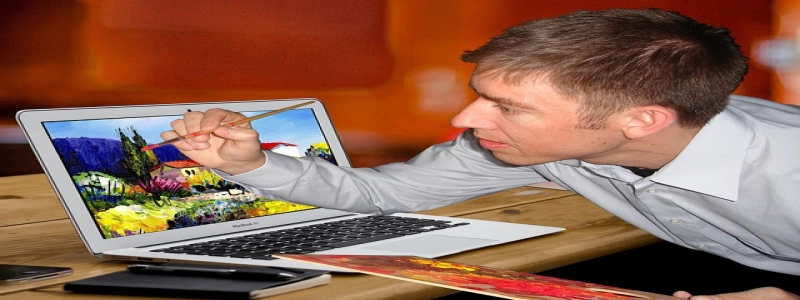Ethernet Heads
Introduction:
Ethernet is a widely used technology that is primarily used for local area networks (LANs). It has been the backbone of network communications for several decades, providing reliable and fast data transfer. In this article, we will explore the various components of an Ethernet network and how they work together to ensure smooth communication.
I. Ethernet Network Components:
A. Ethernet Cable:
– Ethernet cables are responsible for transmitting data signals between devices in the network. They come in different categories such as Cat5, Cat6, and Cat7, each offering varying speeds and capabilities.
B. Switches:
– Switches are used to connect multiple devices in an Ethernet network. They receive data packets from one device and transmit them to the intended destination device based on their MAC addresses. Switches can be either managed or unmanaged, with the former offering more control and configuration options.
C. Network Interface Cards (NICs):
– NICs are hardware components installed in devices such as computers and servers to enable them to connect to an Ethernet network. They facilitate the transmission and reception of data packets.
D. Routers:
– Routers are responsible for connecting different Ethernet networks or LANs. They receive data packets and forward them to the appropriate destination network. Routers use IP addresses to determine the correct path for data transmission.
II. Ethernet Protocols:
A. Ethernet frames:
– Data is transmitted in the form of Ethernet frames, which consist of a header, payload, and checksum. The header contains information such as MAC addresses and frame type, while the payload carries the actual data.
B. Media Access Control (MAC) addresses:
– MAC addresses are unique identifiers assigned to network devices. They are used by switches to determine where to forward data packets. MAC addresses are typically stored in the NICs of devices.
C. Internet Protocol (IP) addresses:
– IP addresses are used by routers to route data between different networks. They consist of four octets separated by periods and are crucial for communication across the internet.
III. Ethernet Communication Process:
A. Device Initialization:
– When a device is connected to an Ethernet network, it undergoes an initialization process. This involves obtaining an IP address, configuring network settings, and establishing a connection with the network.
B. Address Resolution Protocol (ARP):
– ARP is used to associate IP addresses with MAC addresses. When a device wants to send a data packet to another device on the same network, it performs an ARP request to obtain the MAC address of the destination device.
C. Data Transmission:
– Once the MAC address of the destination device is known, the source device encapsulates the data in an Ethernet frame and transmits it. The switches in the network ensure that the data reaches the correct device based on the MAC address.
Conclusion:
Ethernet networks have revolutionized the way we communicate and transfer data within local area networks. The various components such as cables, switches, NICs, and routers work together using protocols like Ethernet frames, MAC addresses, and IP addresses to ensure efficient and reliable data transmission. Understanding these components and their functions is essential for network administrators and anyone working with Ethernet technology.








